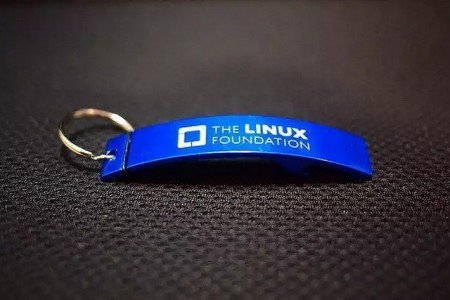Now the total number of Hyperledger Project members makes up 30.
The Linux Foundation, a non-profit organization providing tools, training and events to scale open source projects, has announced new members to the Hyperledger Project. The Linux Foundation was launched in 2000 and aims at building ecosystems that accelerate open technology development and commercial adoption. Together with the worldwide open source community, it creates the largest shared technology investment in history.
The Hyperledger Project was announced at the end of 2015 as an open source project intended to apply the blockchain digital technology for recording and verifying transactions. As for now the list of members looks as follows: ABN AMRO, Accenture, ANZ Bank, Blockchain, BNY Mellon, Calastone, Cisco, CLS, CME Group, ConsenSys, Credits, The Depository Trust & Clearing Corporation (DTCC), Deutsche Börse Group, Digital Asset Holdings, Fujitsu Limited, Guardtime, Hitachi, IBM, Intel, IntellectEU, J.P. Morgan, NEC, NTT DATA, R3, Red Hat, State Street, SWIFT, Symbiont, VMware and Wells Fargo.
Blockchain, mostly known as a technology underpinning bitcoin, is a transparent and decentralized ledger that can successfully be used in financial sphere as well. The Hyperledger Project aims at development of an open platform able to transform multiple business processes.
“The Hyperledger Project has ramped up incredibly fast, a testament to how much pent-up interest, potential and enterprise demand there is for a cross-industry open standard for distributed ledgers,” says Jim Zemlin, executive director at The Linux Foundation. “Working on its own even the largest global corporation could not match the speed at which our new members are moving blockchain technology forward. Such a broad effort and investment is sure to have a great impact on our personal and professional lives.”
The Hyperledger Project was offered to the Linux Foundation by Digital Asset Holdings. The whole story started last year when Digital Asset Holdings and Hyperledger joined their efforts in adopting the blockchain. By that time Francisco-based Hyperledger had already developed an innovative distributed ledger to allow banks and other financial institutions to clear and settle transactions in real-time.
Later Digital Asset moved Hyperledger to the Linux Foundation where it became one of the most highly requested project participants in the foundation’s history.
“The Linux Foundation team has tremendous experience bringing together many large technology companies, a community of individual contributors, and setting up the structures necessary to guide a project across various end user groups. They have proven the model time and again with various successful open source projects like CloudFoundry, Node JS, and the Open Container Initiative; saving billions of dollars of value,” said Digital Asset.
The Hyperledger Project mentioned that its technical steering committee (TSC) was organized to oversee the project’s technical direction, to manage multiple contributions to the code base made up of technical experts and to evaluate proposed contributions. The committee is focused on open and transparent discussion, processes and decision-making.
next